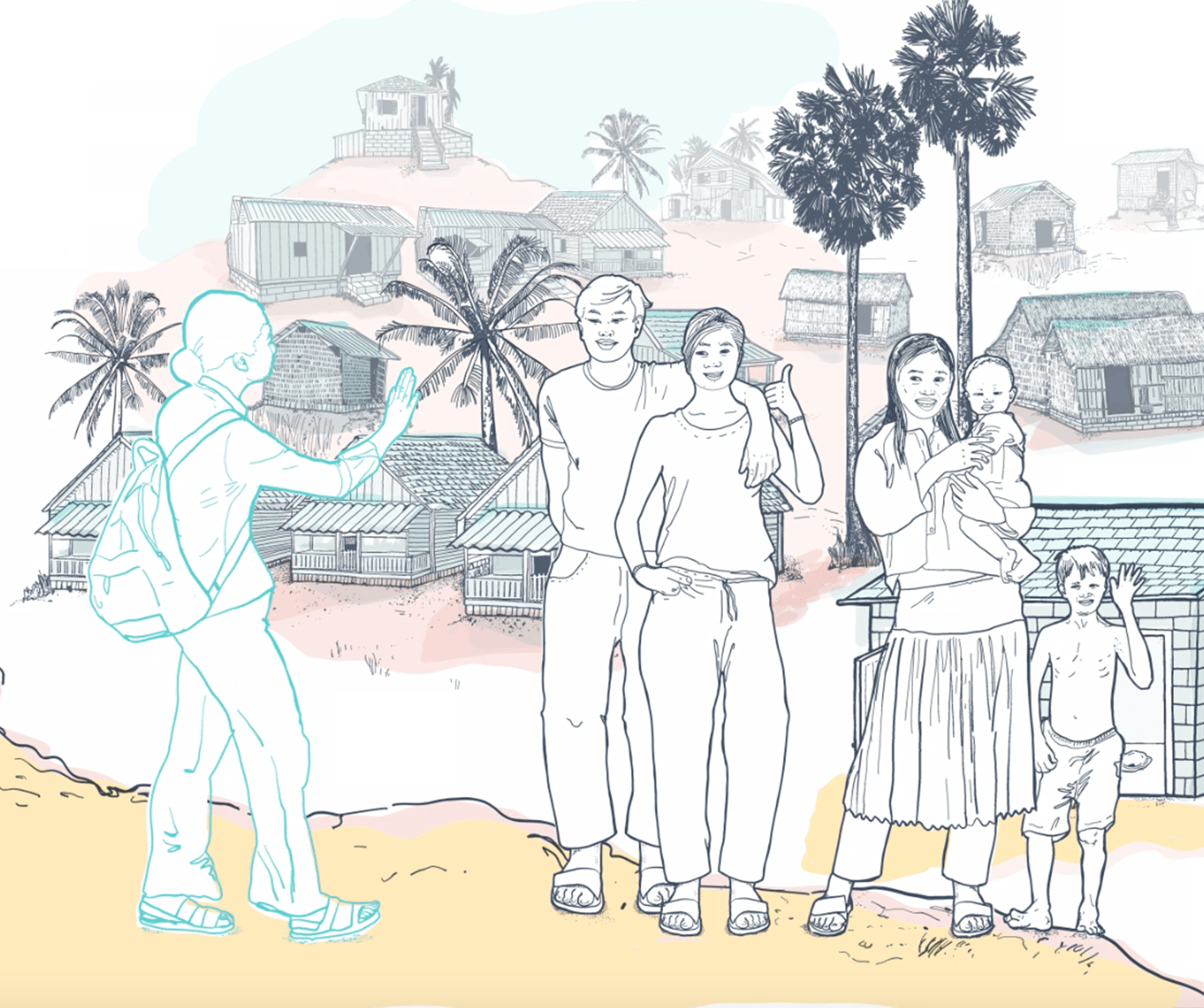Latrine choice depends on price, people’s experience of different latrines, the availability of local materials, and knowledge/ideas on how to construct a latrine to maximise health benefit, and meet aspirations and needs.
This is a book chapter taken from Sustainable Sanitation For All: Experiences, Challenges and Innovations.
There is increased attention on how to integrate Community-Led Total Sanitation (CLTS) and sanitation marketing to support households with informed choice for building more sustainable latrines from the outset.
In Kenya, the development of simplified latrine guidelines has been a first step in integrating the two approaches, in an attempt to build more diversified latrine types which better suit the needs of individual households, and which optimise latrine cost-effectiveness according to different household’s income levels.
Simple latrine guidelines are being used as a support tool for health workers, private sector implementers, and community health workers. Households can review latrine options following CLTS triggering, allowing them, if they wish, to leverage the more improved supply chain products developed as part of sanitation marketing.







